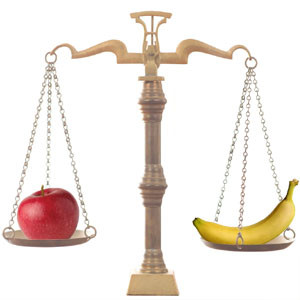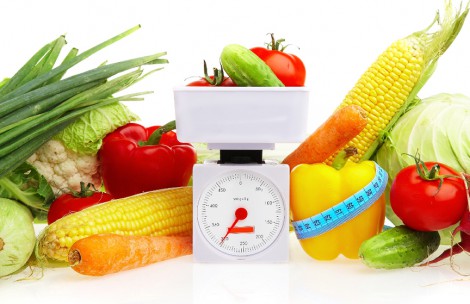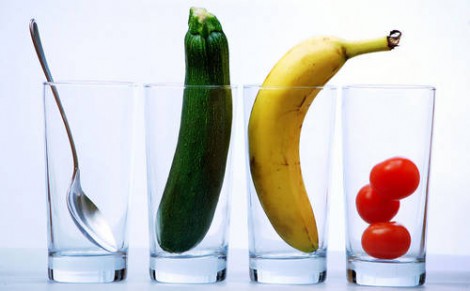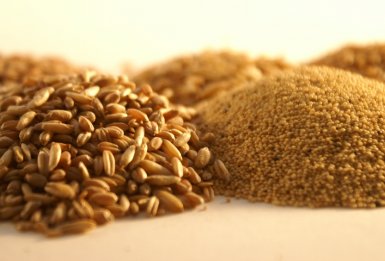Singapore-Style Noodle is probably the most famous dish that people recongise as originating from Singapore. The name of the dish is misleading though – the dish has nothing to do with Singapore. It was invented in Hong Kong and is hugely popular both in Hong Kong and in the Western world. However, if you travel to Singapore to taste Singapore-Style Noodles you may be disappointed to find that the dish is very uncommon in the city-state.
Singapore-Style Noodle is a Cantonese dish. It is made with thin rice noodles called Vermicelli and is stir-fried with curry powder, bean sprouts and other vegetables. Vegetarian versions exist that use a variation of vegetables and possibly tofu. Also, sometimes prawns, pork, beef and chicken are used in the dish to create a meaty version.
The closest approximation that can frequently be found in Singapore is called Sin Chew Bee Hoon. It is a thin braised rice vermicelli dish, to which vegetables and or beancurd-based delicacies may be added. Consequently, it is slightly different to the well-known Singapore-Style Noodles, but definitely worth a try if you are a fan of Asian stir-fried noodles.
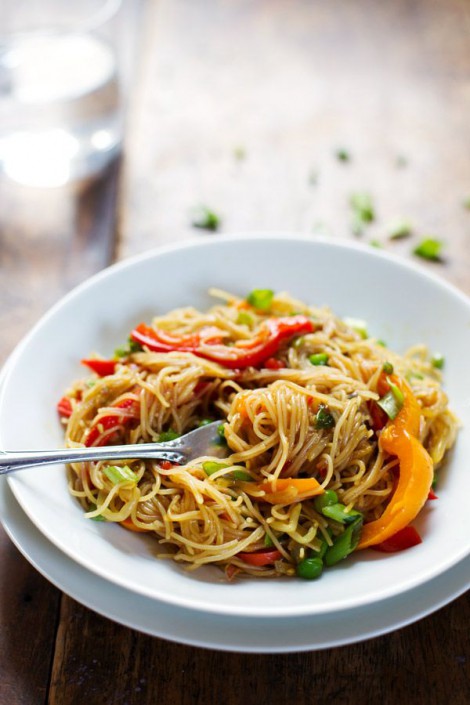
My favourite home-made, vegetarian recipe for Singapore-Style Noodles is adapted from the Hairy Bikers, originally published on BBC Food, to suit my preference for vegetarian food.
Ingredients:
- 300g/10oz tofu
- 3 tbsp dark soy sauce
- 2 tbsp rice wine or dry sherry (optional)
- 2 tsp soft light brown sugar
- ½ tsp Chinese five spice powder (optional)
- 3 tbsp sunflower oil
- 100g/3½oz vermicelli egg noodles
- 1 red onion, cut into thin wedges
- 1 red pepper, deseeded and finely sliced
- 100g/3½oz shiitake mushrooms, sliced
- 2 garlic cloves, crushed
- 20g/¾oz fresh root ginger, peeled and finely grated
- 2 tsp medium Madras curry powder
- 10 spring onions, trimmed and sliced diagonally
- Handful of bean sprouts
- Lime wedges to serve
Preparation method:
- Cook the noodles according to the packet instructions and put aside.
- Rinse the tofu in cold water, then cut into small chunks. Pat it dry with kitchen paper. Heat 1 tbsp. of the sunflower oil in a wok or large frying pan, add the tofu, then stir-fry for a few minutes, stirring until lightly browned. Drain on kitchen paper and put aside.
- Place the frying pan or wok back on the stove, over a medium heat. Add two tablespoons of the oil and stir-fry the onion, red pepper and mushrooms for 5-6 minutes or until beginning to soften and lightly colour. Add the garlic and ginger and stir-fry for one minute. Sprinkle the curry powder into the pan and cook for two further minutes. Add the brown sugar and the optional Chinese five-spice powder and pour over the soy sauce. If you wish to include the optional rice wine or dry sherry, add it to the pan.
- Add the tofu, the spring onions and the handful of bean sprouts to the pan. Stir-fry for one minute then add the drained noodles. Stir and mix together for 2-3 minutes until piping hot. Serve immediately with lime wedges for squeezing over the dish.
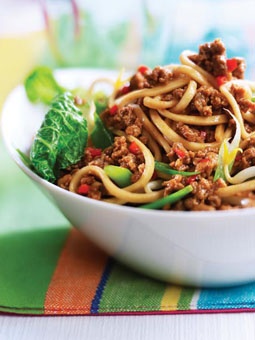
Enjoy your home-made Singapore-Style Noodles and if you wish to try the traditional Singaporean version, go for the Sin Chew Bee Hoon when you visit Singapore. Also, explore the diversity of dishes you can find in Singapore, where Chinese, Indian and Malay influences shaped the flavours, creating a unique, cross-cultural and truly delicious cuisine.



